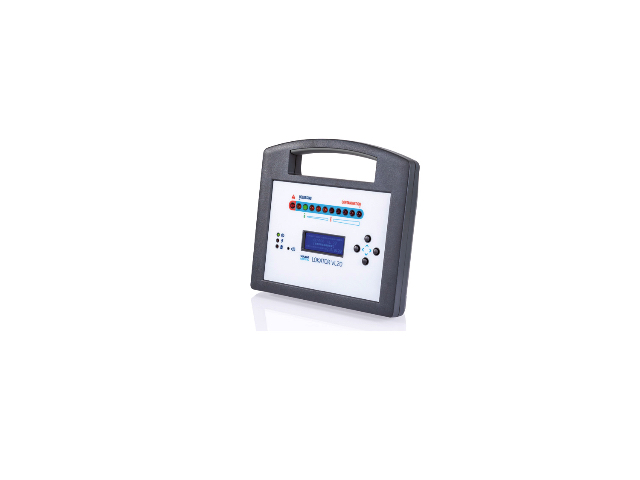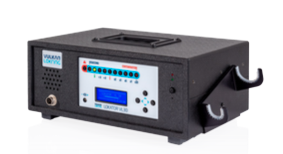
The helium supply situation just took some turns for the worst. Unplanned maintenance at the BLM in the USA coupled with planned maintenance in Quatar which is impacting production has lead to the first helium shortage in nearly 5 years. Adding to the unpredictable situation, new helium production coming online in 2022 is a new facility is in Amur, Russia. While long-term, this facility could provide relief, the current politics might say otherwise for the short term. . Gas industry personnel indicate they are expecting this current shortage to last through all of 2022 and possibly into 2023. Most customers surveyed so far indicate an allocation of about 50% of 2021 helium usage.
Solutions For Allocation Issue
- Reduce helium concentration from 100% to 25%. This sounds like a quick fix but the leak rate showing on your leak detector is now also 25% of the actual leak. So if your helium leak detector is set at 0.1 oz/yr your leak detector now needs to be set at 0,025 oz/yr, which is below the helium background in air. Changing the helium concentration without changing the helium set point to the leak detector will result in your leak test probably not meeting product specifications.
- Move to a tracer gas containing 5% Hydrogen/95% Nitrogen. Some mass spectrometer leak detectors can detect hydrogen or move to a hydrogen leak detector(see more information below).
Benefits for Switching to Hydrogen/Nitrogen Tracer Gas
- Cost is less than 25% the cost of helium.
- Hydrogen and Nitrogen can be created and thus no issues of allocation.
- 5/95 Tracer is non-flammable green label, so no safety concerns.
- 5/95 is higher energy than helium so background is much less than with helium. So your test environment stays cleaner. with no residual tracer gas floating around to compromise future leak tests.
- Hydrogen Leak Detectors are solid state with much lower complexity for users and lower ongoing maintenance type costs.

VL20 Hydrogen Leak Detector. Price $9195
The universal probe in the VL20 detects both refrigerant and the 5/95 hydrogen mixture tracer gas. Refrigerant gases detected include R290, HFC, HFO, and R600a.
Detection limit by tracer gas is as follows:
0. 5 g/yr- HFC, HFO, R134a, R407a, R404a, R410a
0.5 g/yr- R600a & R290
1x10-5 atm cc/sec 5% H2/ 95% N2 for R134A equivalent

VL30 Hydrogen Leak Detector Price 16,370
The ultra-fine leak rate sensitivity in the VL30 also enables replacement of helium sniffers where the cost of helium tracer gas can be replaced by 5% H2/95 % N2, which is a fraction of the cost of helium. Leak checking performance with the 5/95 tracer gas is similar in operation and sensitivity to the helium leak detectors.
Switching the probe to our refrigeration probe, the VL30 can be changed to detect refrigeration gases. Refrigerant gases detected include R290, HFC, HFO, and R600a. Detection limit by tracer gas is as follows:
0. 5 g/yr- R290, HFC, HFO, R134a, R407a, R404a, R410a
0.05 g/yr- R600a
0.3 g/yr (3x10-6 atm cc/sec) 5% H2/ 95% N2
